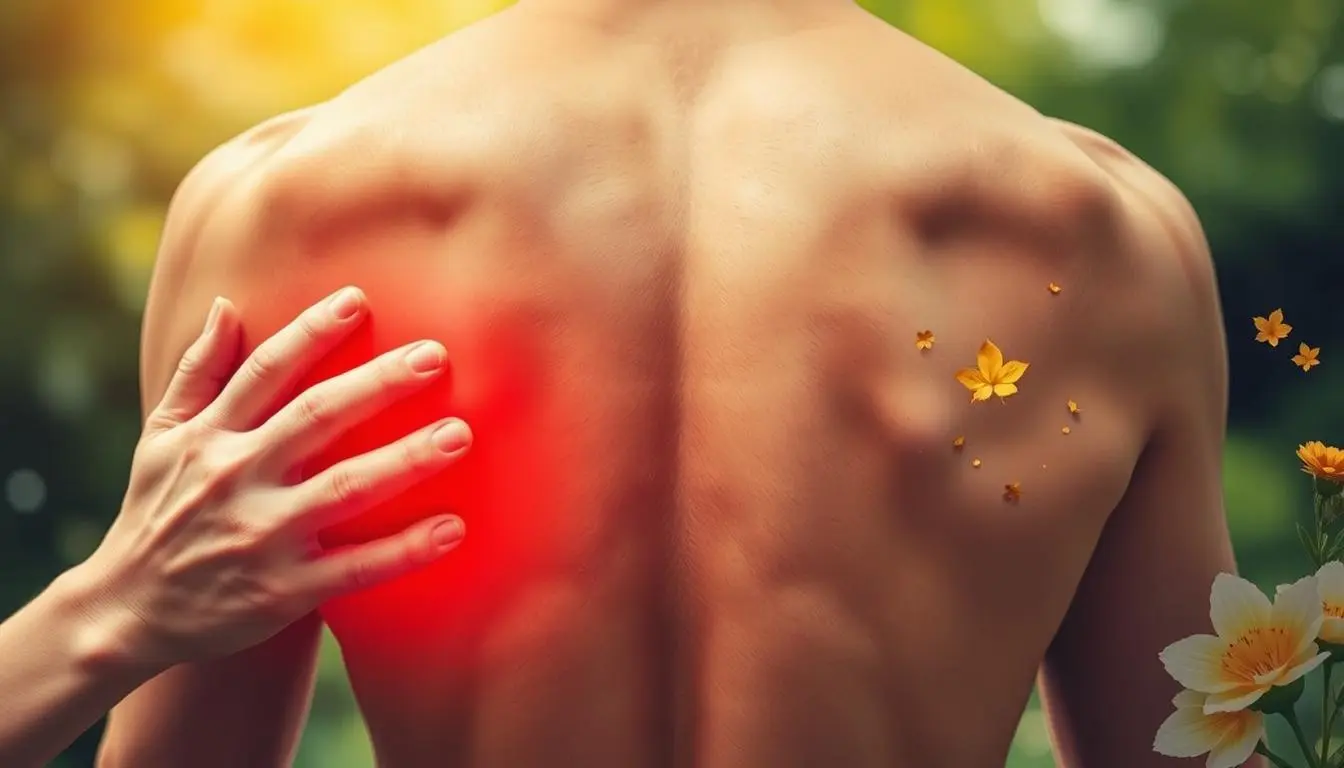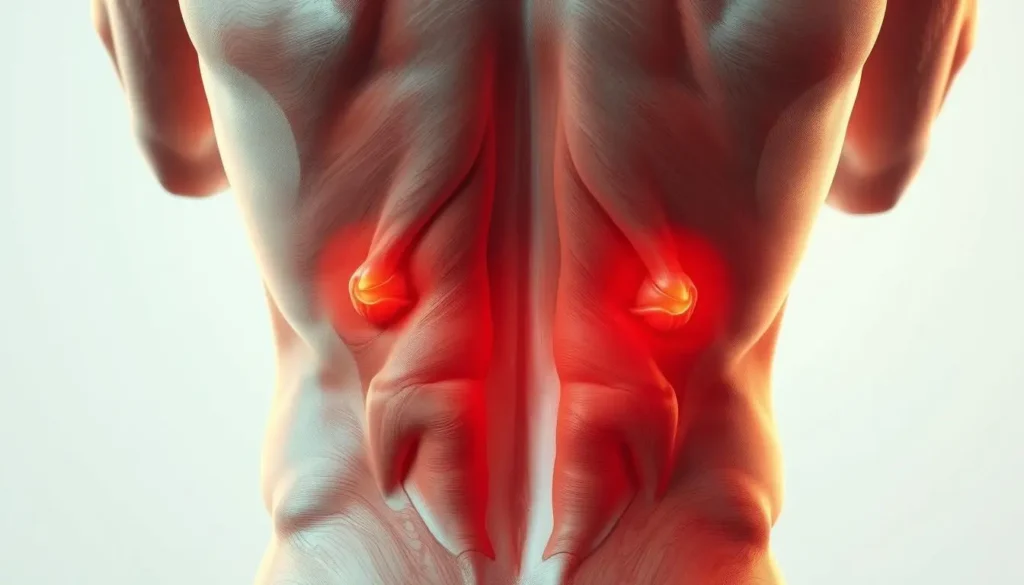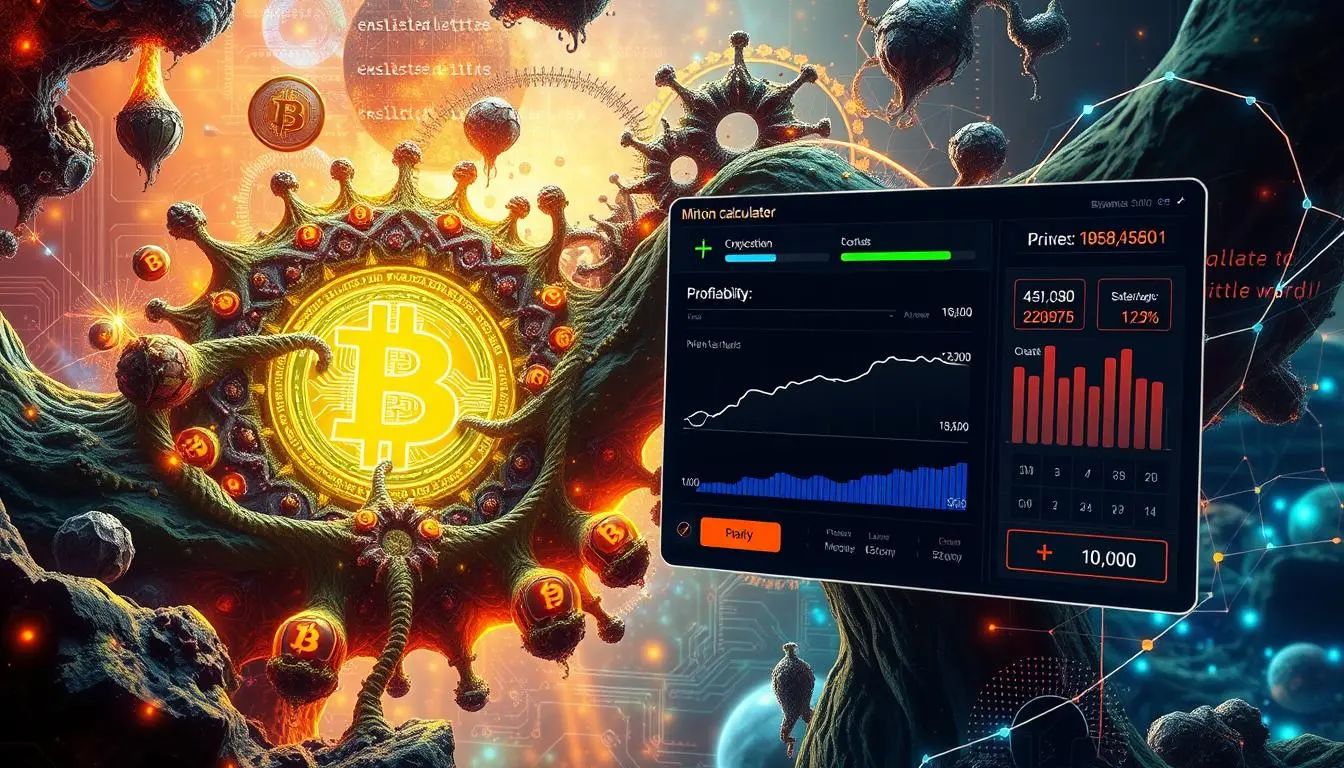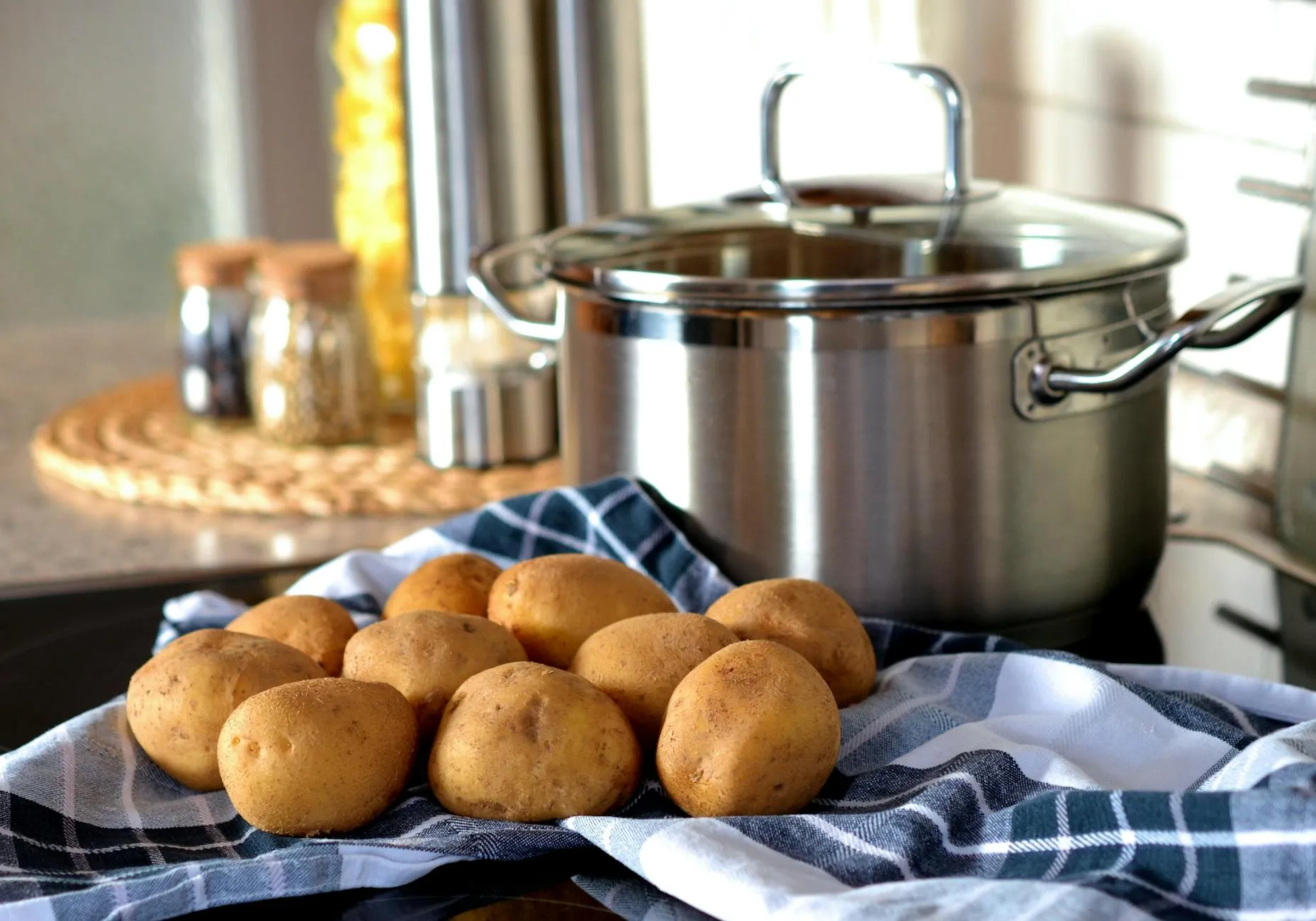Understanding Low Back Pain Muscle Knot
Muscle knots, or myofascial trigger points, are tight spots in muscles that cause pain and limit movement. They are a common cause of low back pain, affecting the muscle of the low back area. Knowing about these knots is the first step to finding relief.
What are muscle knots?
A knot in the muscle is a sensitive or sore point in a muscle that cause pain in the affected muscle or area.
How do you feel when this happens to the muscles of your low back ?
- Aching
- Throbbing
- Stiff or Tight
- Painful to touch
Knots are the spasm that causes a small portion of a muscle to tense up. This tension can often be painful.
If muscle is inflamed for a long period of time by a repetitive motion then this repetitive movement contribute to the formation of several painful points (knots) in the muscle. For example, Females will notice muscle knots in a muscles of lumber area due to repetitive bending activities of daily life (like cleaning) for a long period of time.
Muscle of low back where these knots (trigger points) commonly found are:
2. Iliopsoas muscle
3. Multifidus muscle
Reasons behind the knot formation in low back muscles:
- Faulty posture
- Repetitive activities (bending ,lifting heavy objects)
- Failing to stretch after working out
- Emotional stress
- Physical trauma
SIGN AND SYMPTOMS
- Deep pain
- Feeling of nerve pain
- Swelling
- Tenderness
- Muscle weakness
- Limited range of motion
RISK FACTORS
- Sedentary lifestyle
- Difficulty in sleeping or insomnia
- History of joint problem
- Obesity
- Stress at work
HOW TO DEAL WITH THE LOW BACK PAIN DUE TO KNOTS OR SPAMS IN THE MUSCLES OF LOW BACK?
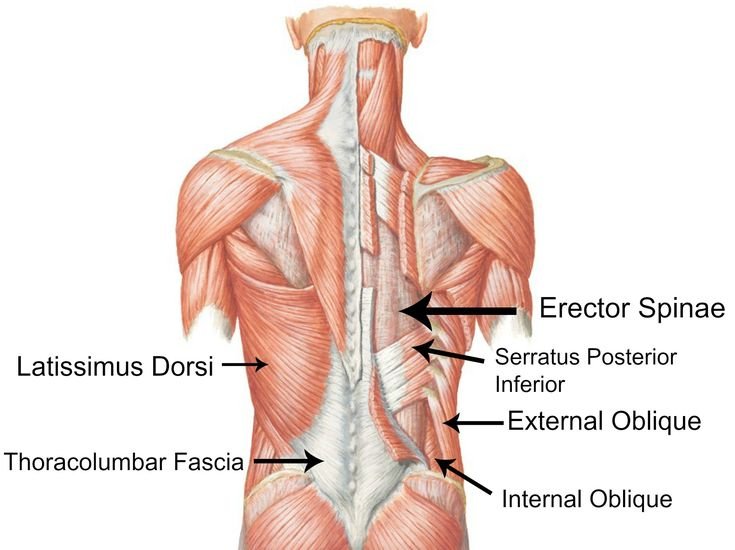
There are so many options to deal with this condition .
Following treatments are helpful to manage pain in the low back due to the painful formation of knots(tight , tense or sore points )in muscles .
BED REST
In some cases, sufficient amount of bed rest from a hectic routine is enough to get rid of this pain. Depending upon the severity , the duration of bed rest might vary from person to person.
Identifying and Locating Muscle Knots
Finding muscle knots in the low back is key to fixing muscle knots and low back pain. Muscle knots, or myofascial trigger points, are small, sore spots in the muscle. They can make moving hard and hurt.
A muscle knot feels like a small, hard lump when you touch it. They often show up in the low back, especially near the spine. When you press on them gently, they can feel very sore.
To find muscle knots in the low back, try these steps:
- Run your fingers over the lower back to find small, sore spots.
- Press on the area gently but not too hard. The knot should feel like a hard spot.
- Move your fingers slowly over the low back to find the exact spot of the knot.
- If you can’t find it, ask a healthcare expert like a physical or massage therapist for help.
SELF MASSAGE
Find the muscle knot and Apply sustained pressure it will help to increase the blood flow , which in turns causes the release of muscle fiber tension. This is known as mayofascial release.
| Characteristics of Muscle Knots | Techniques to Locate Muscle Knots |
|---|---|
| – Small, tender lump or band of tight muscle fibers – Palpable nodule that feels like a hard, tense spot – Can be found in the low back, along the spine and surrounding muscles |
– Gently run fingers along the low back to feel for lumps or tense areas – Apply gentle pressure to identify tender, knotted areas – Systematically explore the low back to pinpoint the exact location – Seek assistance from a healthcare professional if unable to locate the knot |
TREATMENT
If home remedies do not helpful yo reduce the symptoms of muscle knots, professional treatments are available to release the tight nodules of muscle to relax the and return to their normal function without causing pain.
Following treatments are help to restore function and provide lasting relief.
1.Cold therapy gives best results in acute phase(24 hours of pain) of pain.
2.Soft tissue technique
3.Stetching
4.Manual mobilization
5.Trans electrical muscle stimulation
6.Dry needling (for chronic pain )
Do these stretches often to keep your lower back muscles flexible. This can help prevent muscle knots. Always listen to your body and don’t push too hard, as it can make the pain worse.
“Consistent stretching is key to maintaining a healthy and pain-free lower back. By targeting the muscles prone to forming knots, you can achieve long-lasting relief.”
| Stretching Exercise | Benefits | Duration |
|---|---|---|
| Cat-Cow Pose | Mobilizes the spine and releases tension in the lower back | 5-10 breaths per cycle |
| Child’s Pose | Targets the lower back and hips, promoting relaxation | 30 seconds to 1 minute |
| Seated Spinal Twist | Helps alleviate muscle knots and improve flexibility in the lower back | 30 seconds per side |
OUTLOOK :
Muscle knots or myofascial trigger points can often be treated with simple home remedies, self-massage, and stretching. However, some knots can cause chronic pain and disability, and interfere with a person’s everyday life and activities.
When this is the case, a person should see a doctor or physical therapist for treatment. Often, a multi modal approach using various techniques is most effective.
Conclusion :
In this guide, we’ve looked into low back pain muscle knots. We’ve covered their causes and how to fix them. We’ve given you a clear path to relief and prevention.
Self-care, like massage and stretching, can help a lot. These methods can reduce low back pain and improve your well-being. Taking charge of your back health is key to feeling better.
Fixing muscle knots is an ongoing process. It needs regular self-care and changes in your lifestyle. By following our advice, you can stop low back pain from coming back. Enjoy lasting relief from this common problem.
At Global New Empire, we strive to provide you with practical health insights to improve your quality of life. Be sure to explore our articles for more tips and treatments to maintain a healthy and pain-free lifestyle.

